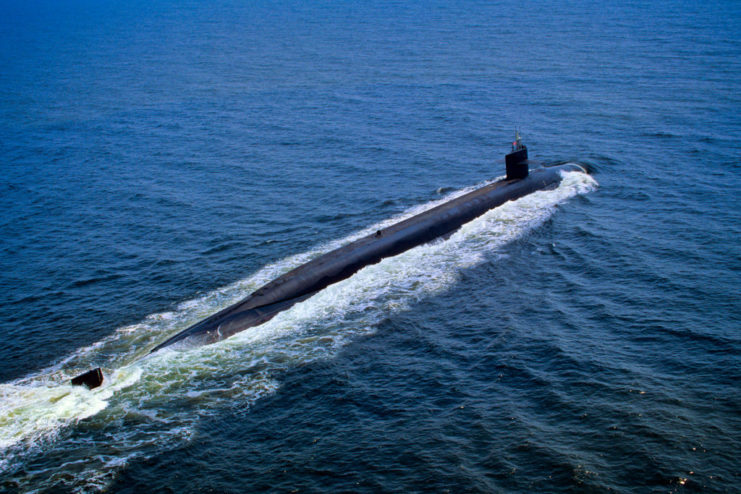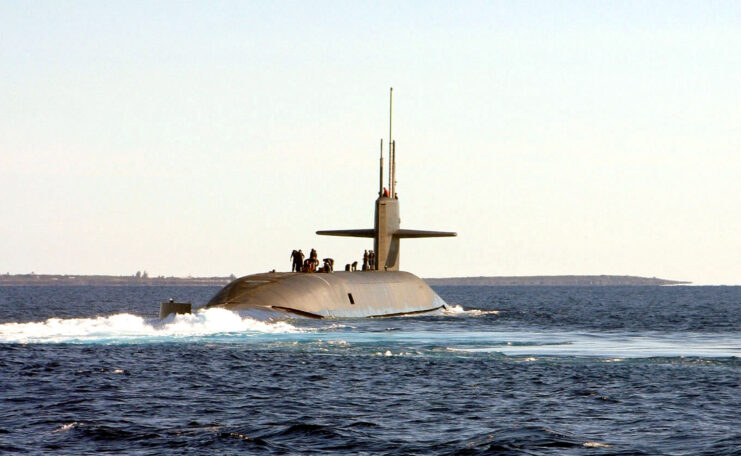Submarines can be taken out of service at sea for several reasons, including encounters with sea mines, torpedoes, accidents or intentional scuttling. However, one unusual incident inflicted major damage on a US Navy vessel, compelling the submarine to return to port. The unexpected culprit? A shark no bigger than a house cat.
The US Navy’s nuclear fleet was effected

This peculiar scenario unfolded within the US Navy’s nuclear fleet – notably affecting the Ohio-class submarines – during the Cold War.
The Ohio-class comprises four guided missile submarines (SSGNs) – the USS Ohio, Michigan, Florida and Georgia – along with 14 ballistic missile submarines (SSBNs) — the USS Henry M. Jackson, Alabama, Alaska, Nevada, Tennessee, West Virginia, Kentucky, Pennsylvania, Nebraska, Maryland, Rhode Island, Louisiana, Wyoming and Maine.
What makes the Ohio-class unique?

Recognized as the largest submarines ever built for the Navy and among the biggest globally, they are second only to the Russian Navy’s Typhoon-class and Borei-class. Notably, the Ohio-class carries a greater payload, with each submarine outfitted with 24 Trident II missiles, exceeding the 16 on the Borei-class and 20 on the Typhoon-class.
Issues with technology started during the Cold War

During the Cold War, submarines were some of the most sophisticated weapon technologies in existence. However, their underwater operations occasionally encountered problems, such as leaking oil lines, missing electrical cables, and damaged sonar domes or sound probes that would unexpectedly fail.
In many instances, the damage was serious enough to necessitate the vessels’ return to base for repairs.
Cookiecutter shark was the culprit

At first, the Navy suspected that the damage might have been the result of a new Soviet weapon. However, the real culprit turned out to be something much more surprising: the cookiecutter shark.
For those who may not know, the cookiecutter shark, also known as the cigar shark, is a small creature, measuring only 16-20 inches long and found in oceans worldwide. Its name comes from the distinct, round wounds it leaves on its prey—often larger animals—that look just like marks made by a cookie cutter.
A dome was added to protect the submarines

Are you a fan of all things ships and submarines? If so, subscribe to our Daily Warships newsletter!
Cookiecutter shark bites have been found on a wide variety of sea-life and have even been noted on manmade structures, such as oil rigs, as they attack any soft area that is exposed. The Navy eventually realized the shark was behind the damage to its nuclear submarines and decided the best way to counter it was to place a fiberglass dome around the vessels’ most sensitive parts.
